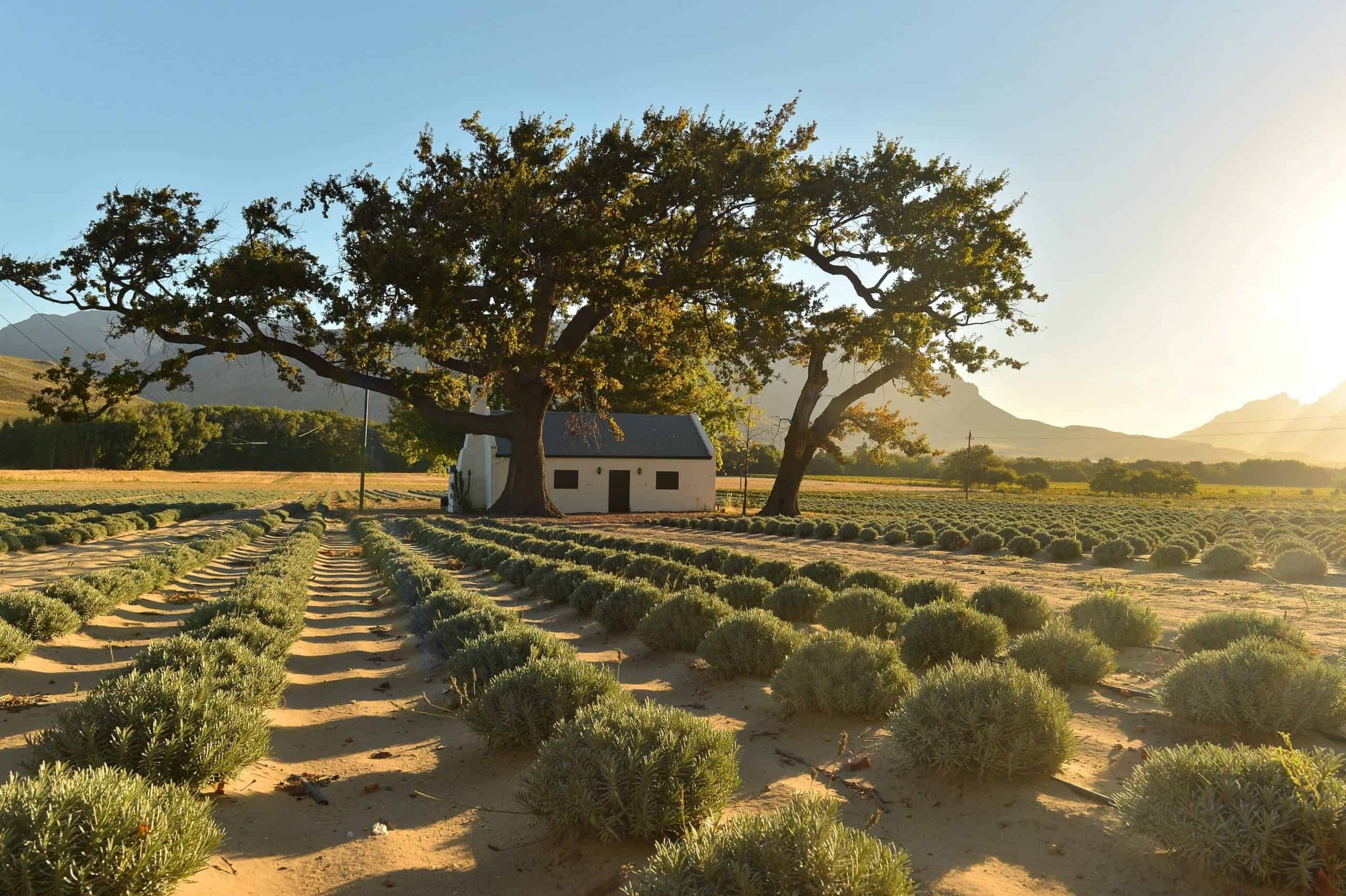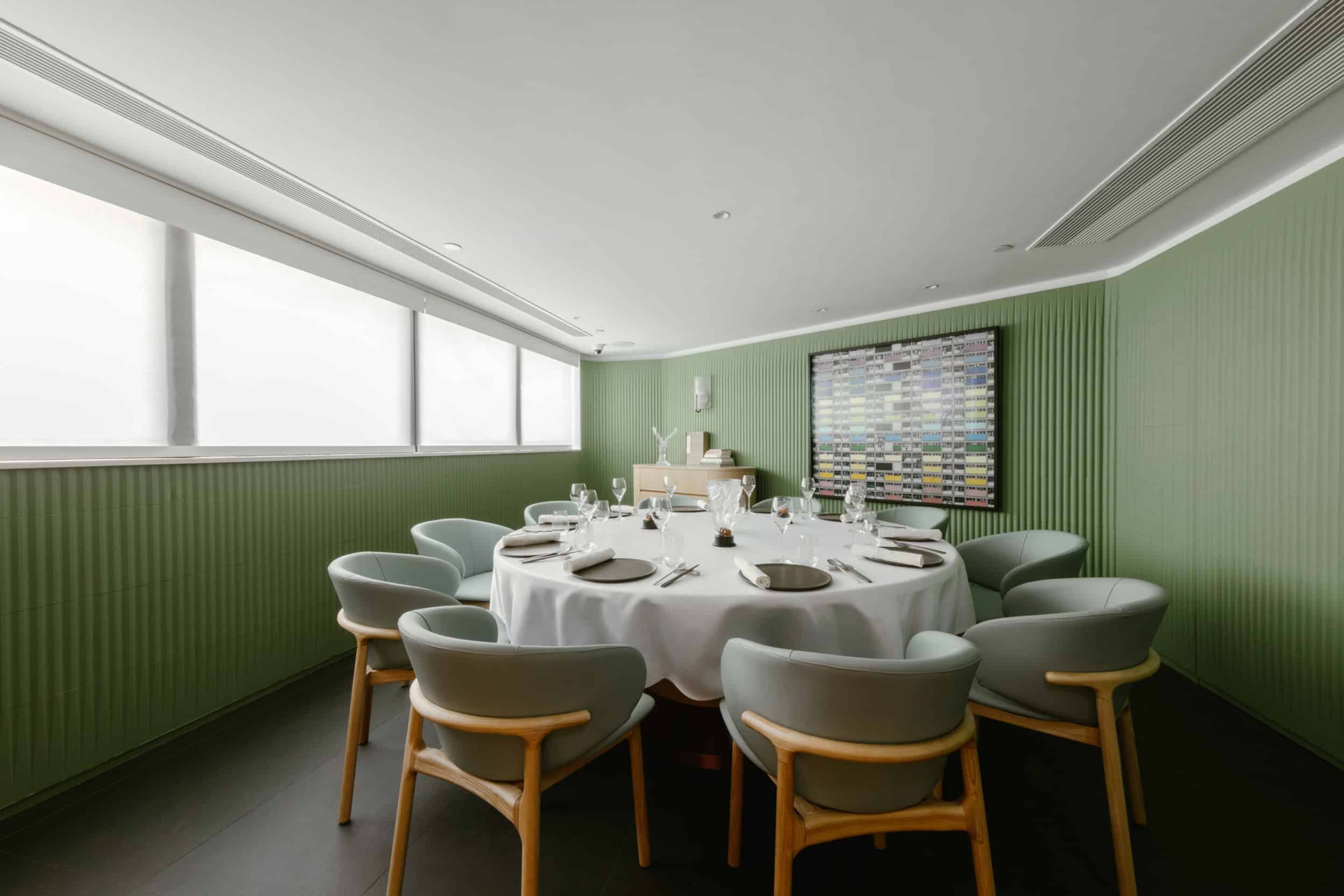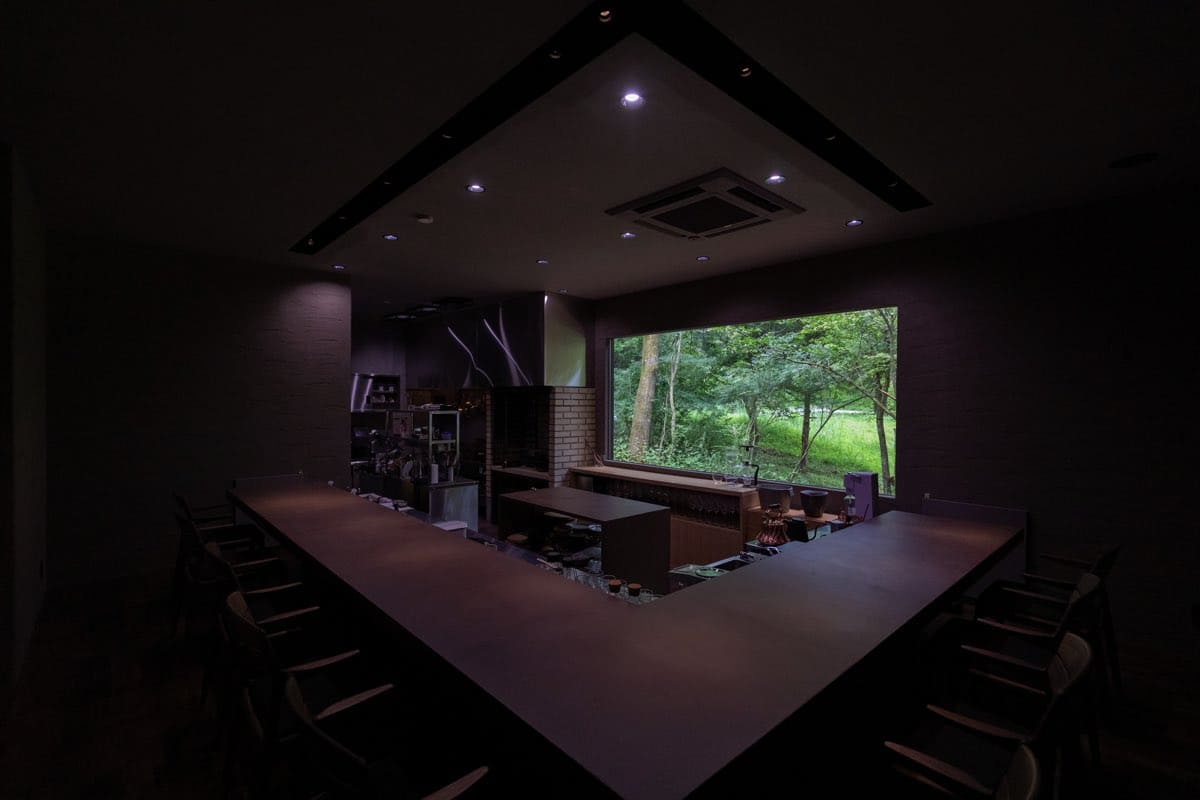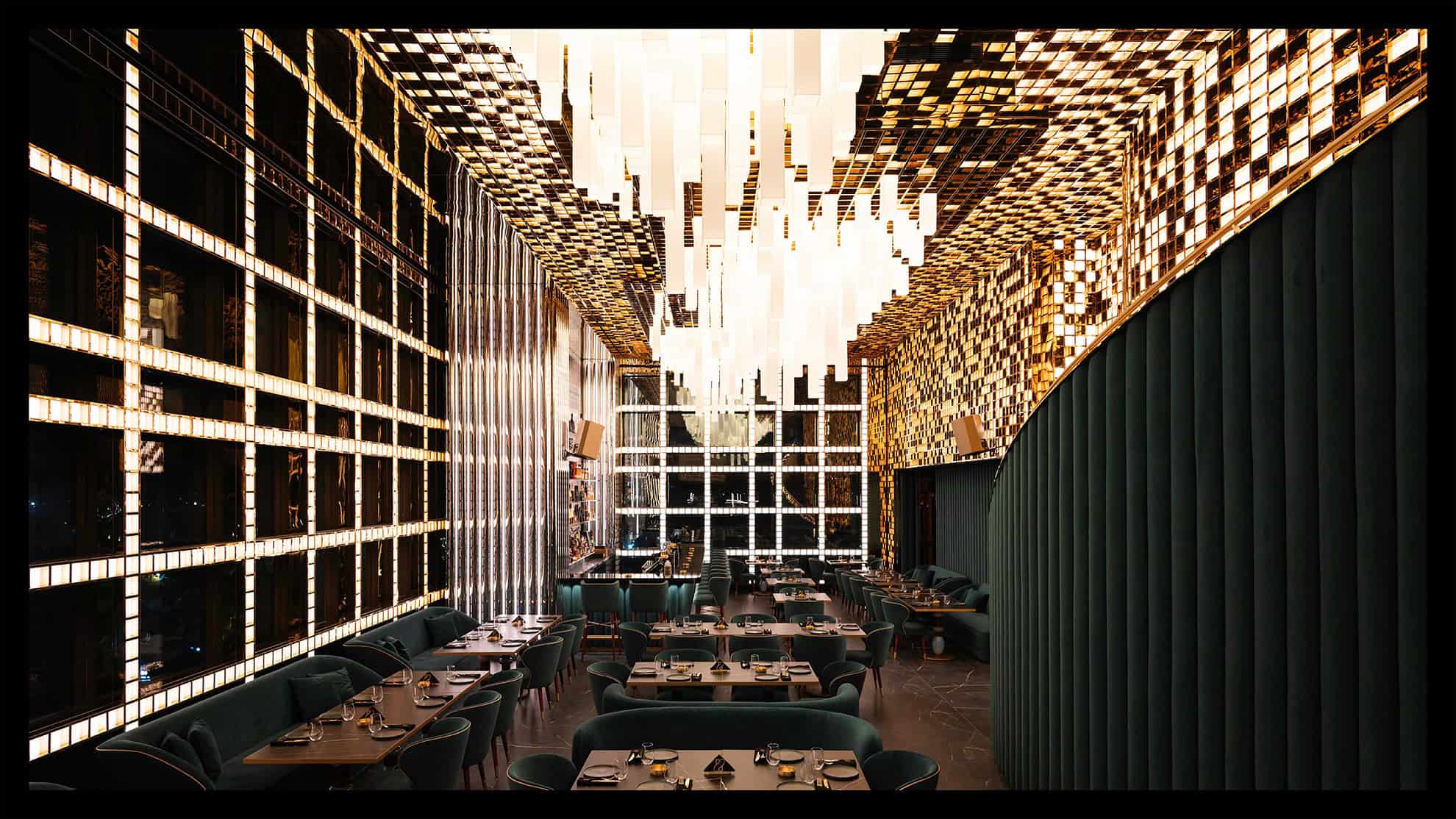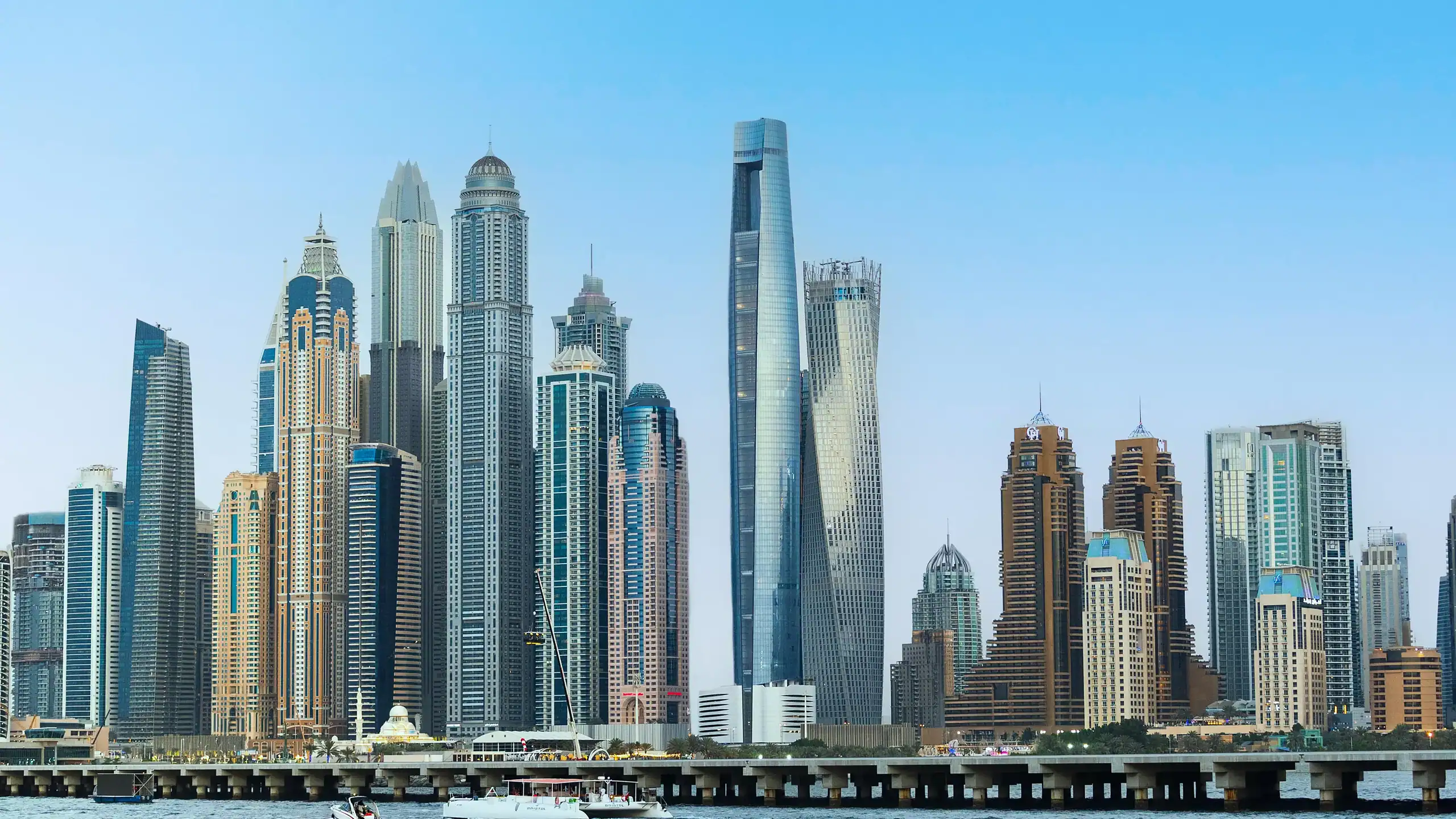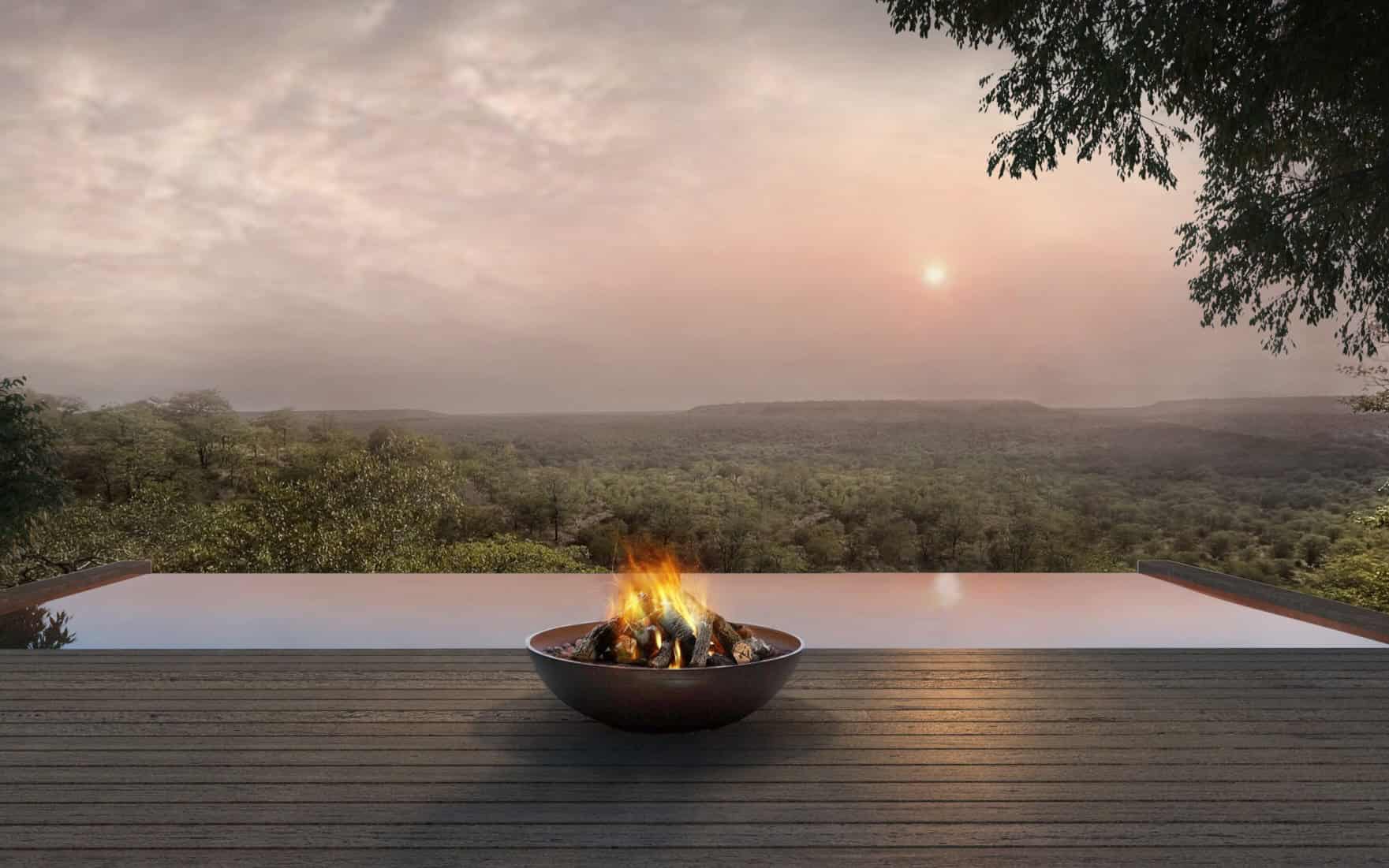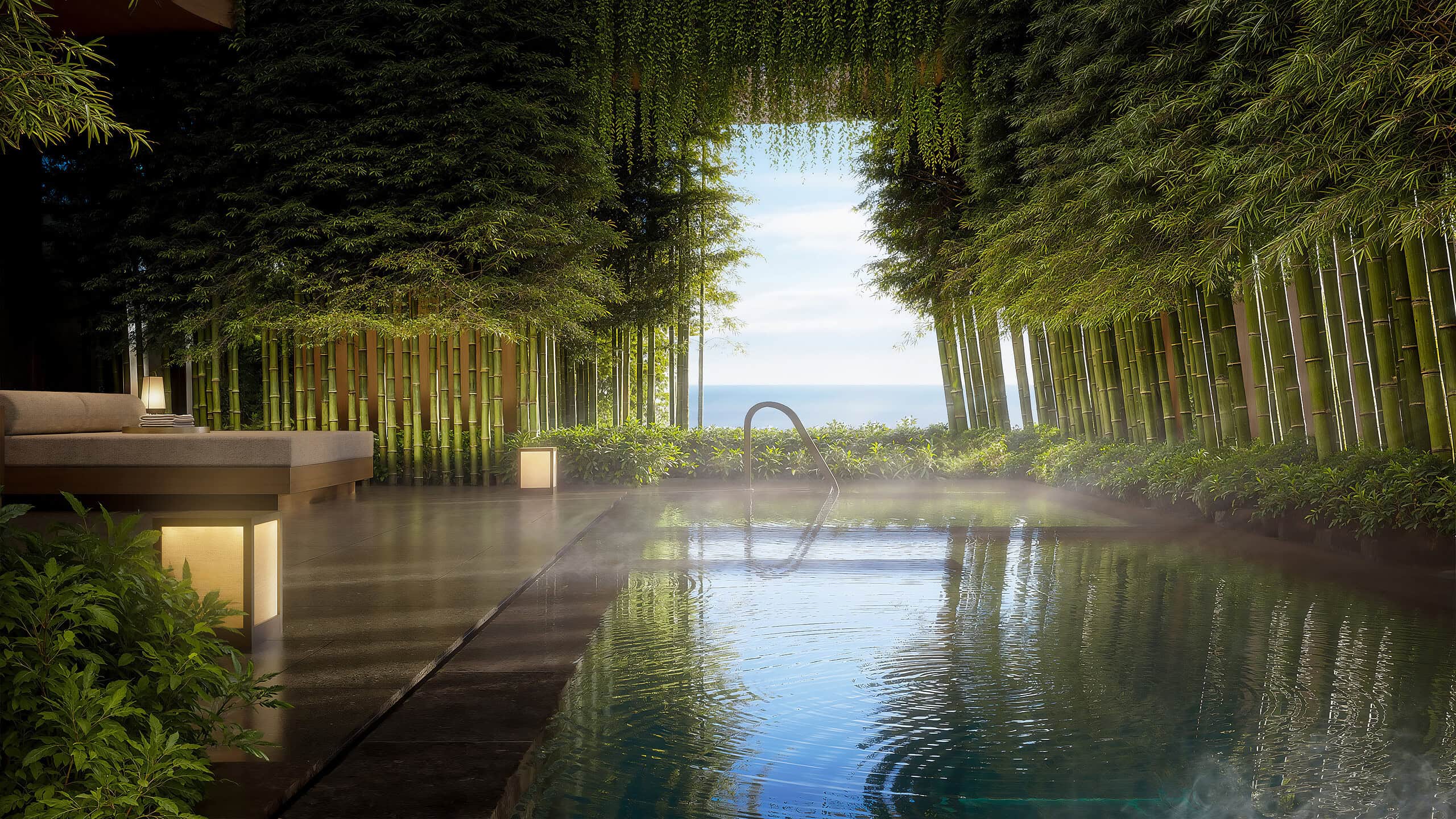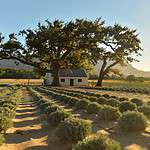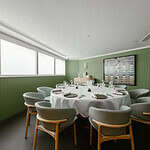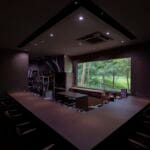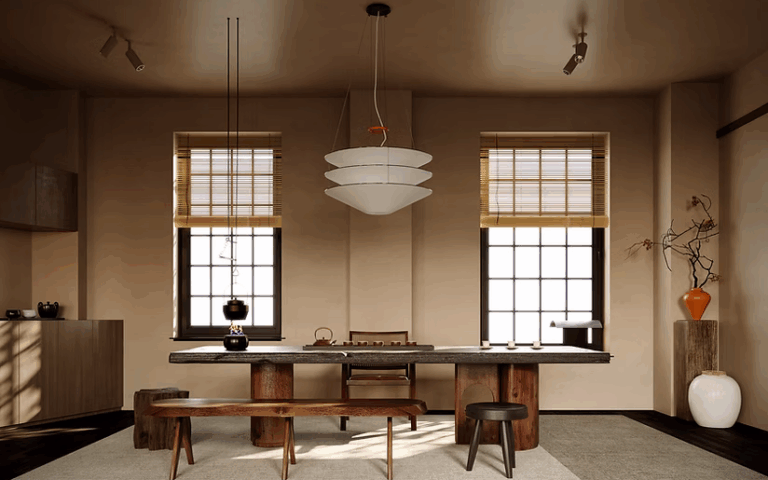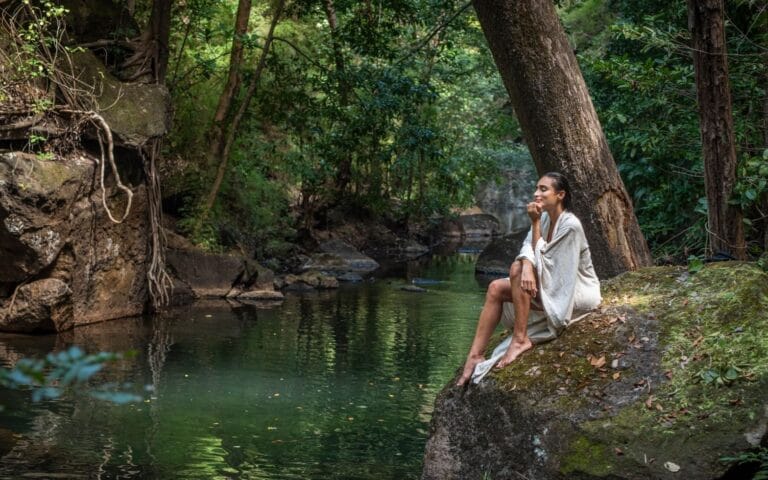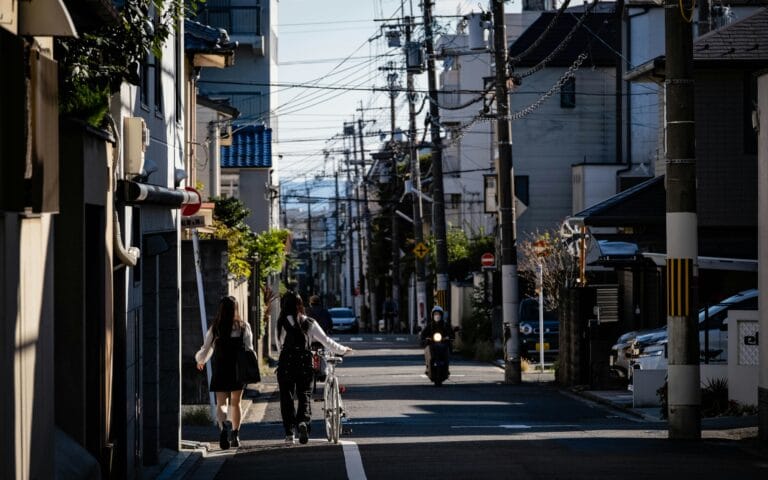From Mexico City to Hong Kong, emerging culinary destinations dominate this year’s list of standout new restaurants, signaling a shift away from traditional European and American dining capitals.
A new survey of the best new restaurants in the world reveals a significant shift in global gastronomy, with Asia, Latin America and Africa emerging as the standout regions for innovative dining experiences.
Condé Nast Traveller’s Hot List 2025 sees Asia holding eight spots of the 33 on the list, from both established culinary capitals and emerging foodie destinations. India leads with multiple entries (Banng in Delhi, Terrāi in Hyderabad), while Southeast Asia shows its culinary muscle through Vietnam (Ciel Dining), Singapore (Somma), Malaysia (OpenHouse) and Hong Kong (Jee). The region’s offerings also extend to Japan (Nôtori at Mount Fuji) and Dubai (Sufret Maryam).
Latin America stands equally strong with five entries, its diverse scene spanning several countries, including Bolivia (Arami in La Paz), Mexico (Voraz in Mexico City), Brazil (Clandestina in São Paulo), Ecuador (Clara in Quito), and Panama (La Tapa del Coco in Panama City). The region showcases both traditional ingredients and modern techniques, with several chefs bringing experience from prestigious global kitchens.
Africa made an impressive display with three restaurants on the list (Rua Kigali in Rwanda, Jan Franschoek in South Africa, and Mr. Panther in Nigeria). While traditional culinary powerhouses in Europe and the US are still strongly represented, their influence appears to be waning, marking a significant shift in the global fine dining landscape.
More importantly, the list showcases growing preferences for unique upscale dining experiences over traditional luxury. Voraz in Mexico City re-imagines a former auto body shop as the country’s first “gastro-cantina,” while at Jan Franschoek in South Africa, diners journey through a lavender-shrouded field to reach a dimly lit cottage. Mount Fuji’s Notori sees just nine diners make their way through a forest to a charred-cedar building overlooking the iconic mountain, while OpenHouse in Kuala Lumpur creates an urban oasis with its own herb garden amid skyscrapers.
